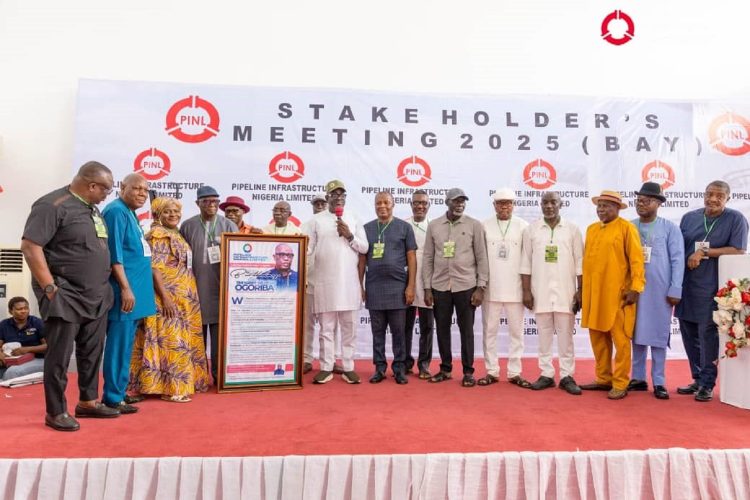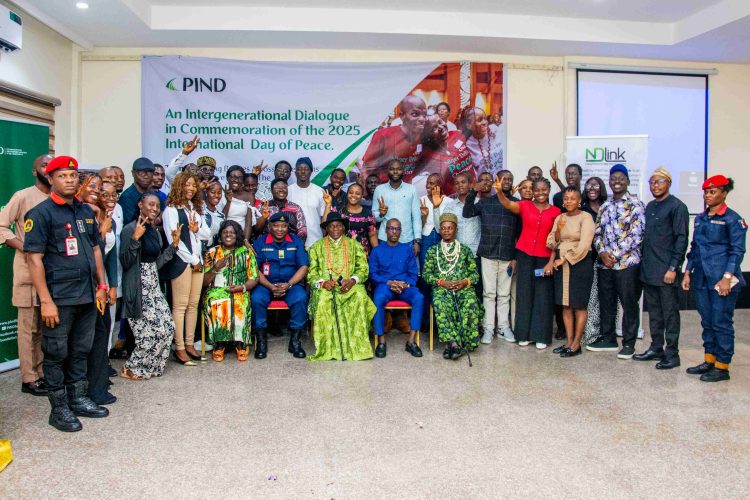
Developing a Holistic Framework for Sustainable Peace and Security in the Niger Delta
April 22, 2021
Growing Anti-Police Insurgency in the Niger Delta – April 25 – May 1, 2021
April 30, 2021
The Bodo Remediation Project calls for the training and deployment for three separate groups of 800 workers, with each group participating approximately 10 months on the Project. Among the 800 are 80 newly minted site supervisors, 20 for each of the four Remediation Contractors. While all supervisors have undergone the internationally recognized International Maritime Organization (IMO) Level 1 training for spill responders, and Level 2 for oil spill response supervisors, supervisors still require knowledge of the specific requirements of the Bodo remediation effort.
Being quite different than other areas, the Bodo Project has developed new tools for site assessments in mangrove-mud dominated areas specific to the Niger Delta that is not yet taught at the international level.
To make supervisors aware of the specific field requirements in the Bodo cleanup area, the Shoreline Cleanup Assessment Technique (SCAT) Team provided a hands-on field training session for Group 2 site supervisors to delineate the goals and expectations of cleanup levels and the international standards that they must meet throughout the cleanup process.
Second Group of 800 Workers Trained and Ready for Bodo Cleanup
The organizer of the event, BMI SCAT team leader Nicholas Story, noted that the training was immediately successful by clearing up many of the questions supervisors had concerning cleanup criteria and the applied international standards for oil spill remediation.
In addition to the SCAT Team Leader, other SCAT members assisting with training included representatives from the Bodo Mediation Initiative (BMI), the Bodo Community, the Rivers State Ministry of the Environment (RSMENV), Department of Petroleum Resources (DPR) and The Shell Petroleum Development Company of Nigeria (SPDC).
Included among the many topics covered were the removal of nipa palm, breakup of surface algae, pit oiling observation methods, good booming practices, expectations for refinery cleanup, and other related items.
Because a major hurdle for completing cleanup of a Grid work area relates to the amount of oil covering the surface water in pits dug to 25-30 cm across the designated work area, this observational skill was reviewed in detail by using pits dug by supervisors and then estimating percent oil coverage. This allowed the supervisors to get immediate feedback on their pit oiling values as well as to ask questions about field related issues such as good booming practices and the required scope for cleaning up artisanal refineries.
As the cleanup progresses, it is likely that SCAT will conduct additional trainings on an as-needed basis.









